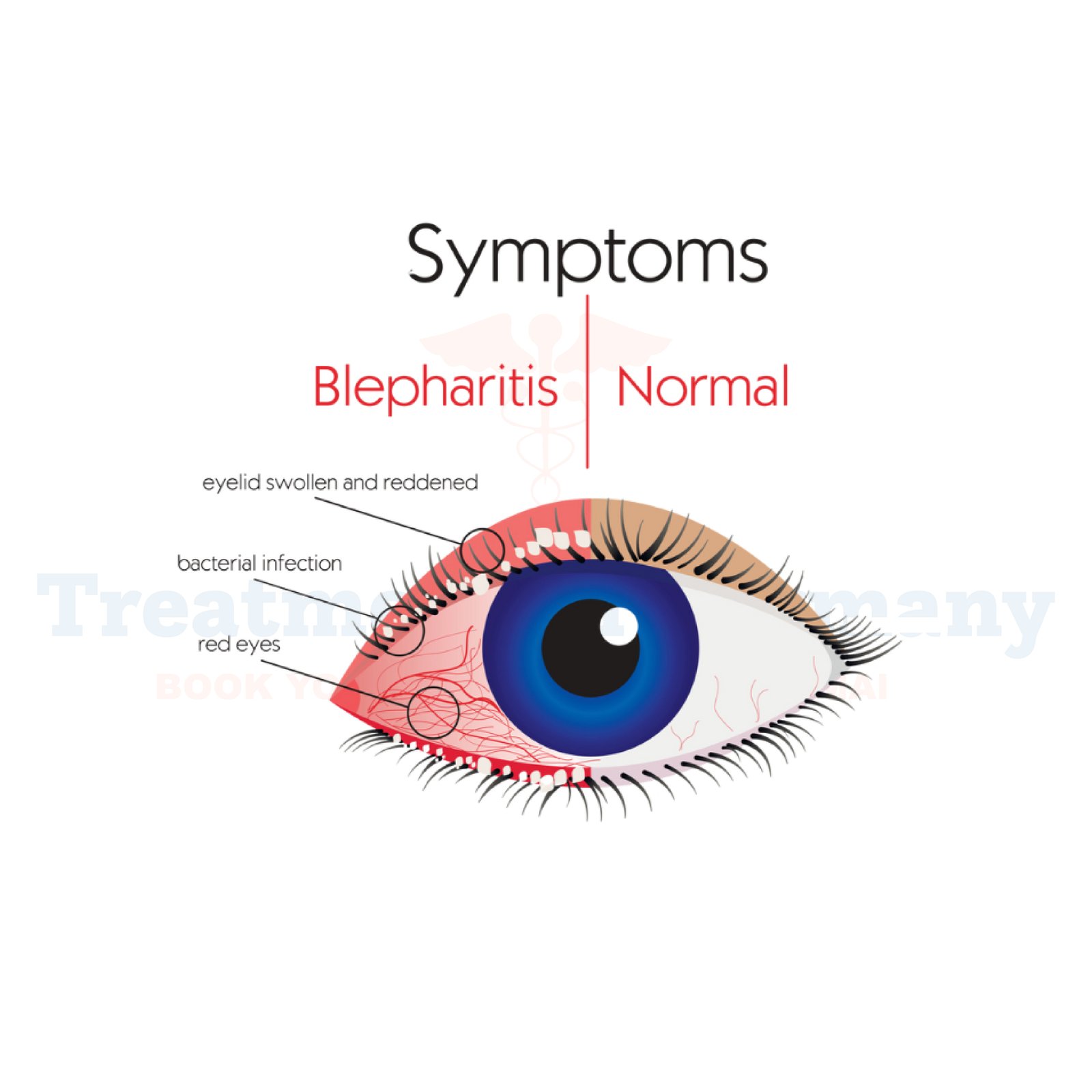Find relief for dry, irritated eyes with leading treatments and care offered in Germany. Take the first step towards lasting comfort.
Understanding Dry Eye Syndrome
Dry eye syndrome, or keratoconjunctivitis sicca, is a common condition where your eyes don't produce enough tears or the right quality of tears to keep them properly lubricated. This can lead to discomfort, irritation, and in some cases, vision problems. Luckily, effective treatments are available to help you regain comfort and clarity.
Several factors can lead to dry eye syndrome, including but not limited to:
Symptoms of Dry Eye Syndrome
If you’re experiencing dry eye syndrome, you might notice some of the following symptoms:
Persistent dryness or scratchy sensation in the eyes
Red, irritated, or burning eyes
Blurred vision or sensitivity to light
Feeling as if there’s something in your eyes
Excessive tearing followed by periods of dryness
Diagnosis of Dry Eye Syndrome
Getting an accurate diagnosis is the first step to effectively managing dry eye syndrome. During a consultation, ophthalmologists may use tests such as:
Treatment Options for Dry Eye Syndrome
Managing dry eye syndrome includes a variety of tailored approaches based on the cause and severity of the condition. Typical treatments include:
Prevention and Management
Proactive measures can help reduce or prevent symptoms of dry eye syndrome. Consider the following tips for managing the condition effectively:
Protect your eyes from wind and dry air with protective eyewear.
Rest your eyes frequently during extended screen use.
Use humidifiers at home or work to maintain adequate air moisture.
Follow a balanced diet rich in Omega-3 fatty acids to support tear production.
Adhere to prescribed treatments and ophthalmologist recommendations.
Why Choose Treatment in Germany?
Germany offers world-class care for treating dry eye syndrome, with unique advantages including:
Conclusion
Don’t let dry eye syndrome disrupt your daily life any longer. Germany offers specialized treatments designed to alleviate your symptoms and restore comfort to your eyes. With cutting-edge technology, experienced specialists, and personalized care plans, you can take the first step toward long-lasting relief and improved quality of life. Don’t wait to reclaim your comfort and clarity, explore your treatment options today and see the world with fresh, rejuvenated eyes.
👉 Contact us for further information and receive a complimentary consultation.

.webp)
.webp)
 (1).webp)
 (1).webp)

.webp)
.webp)
 (1).webp)
 (1).webp)
